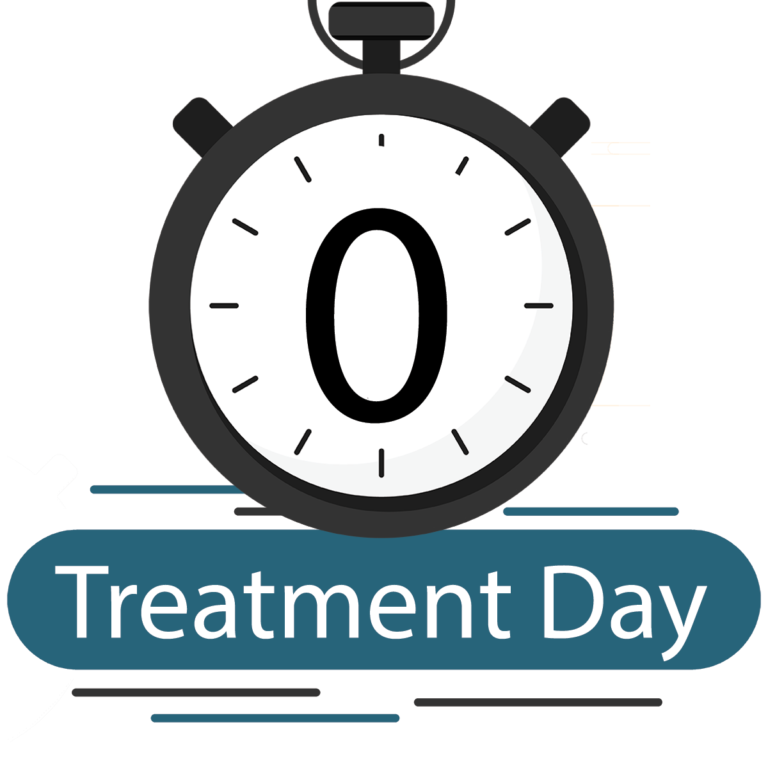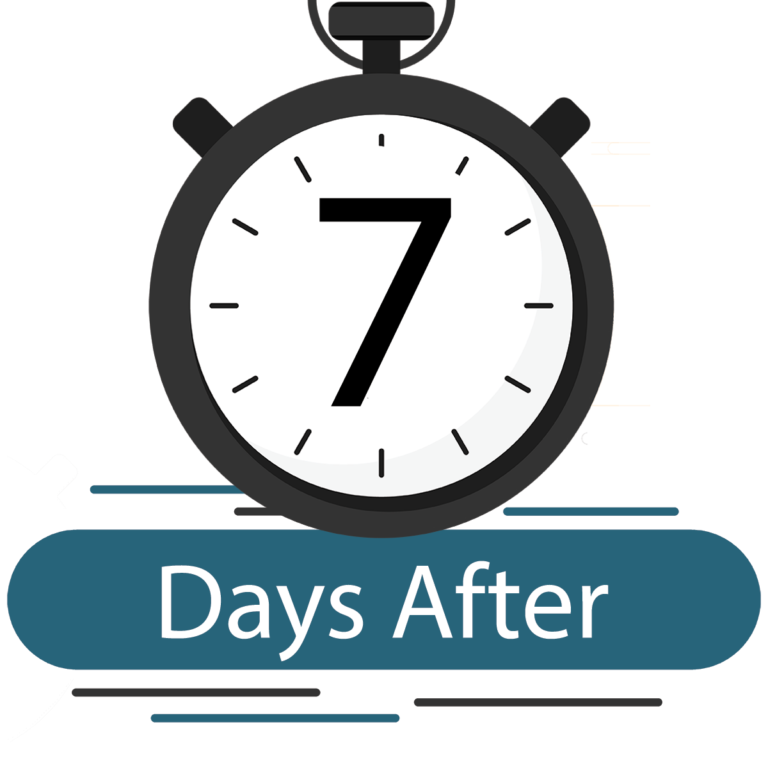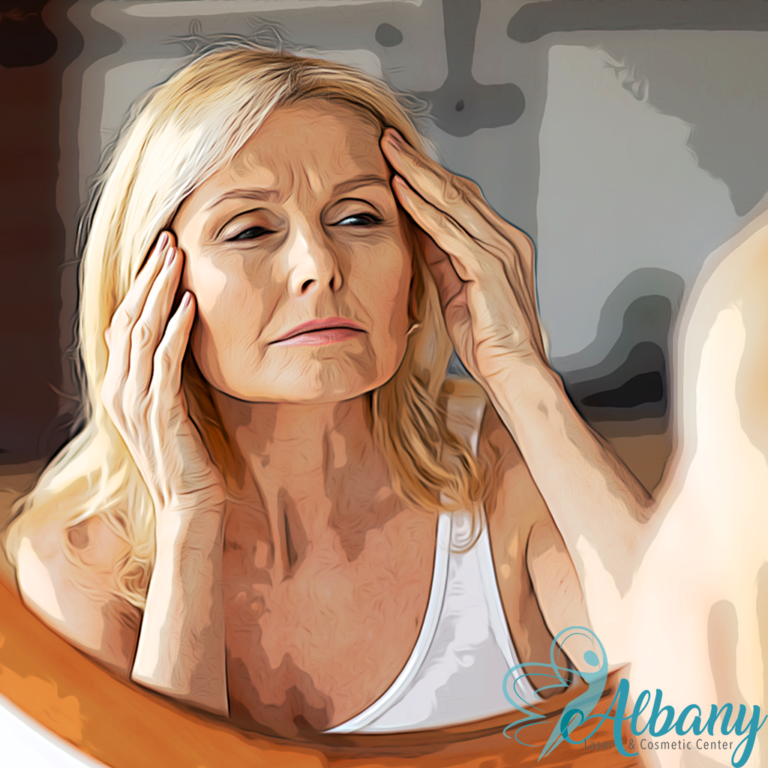Boxcar Scars
Boxcar scars are a type of atrophic scar characterized by broad, rectangular depressions with steep, defined edges. These scars are typically caused by inflammatory acne, chickenpox, or other skin injuries that result in a loss of collagen in the affected area. Boxcar scars can vary in depth, but they’re distinguished by their sharp edges unlike other types of atrophic scars.








